Paez House History Museum [ENG/ESP]
(Edited)
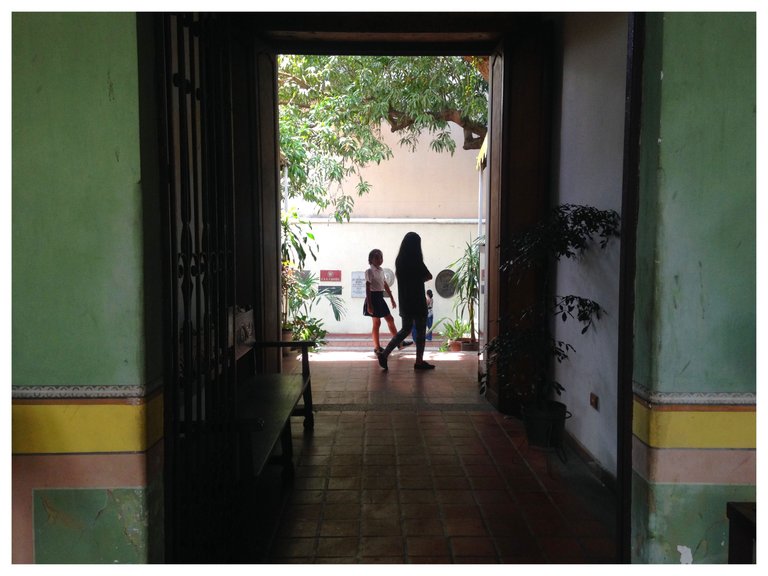
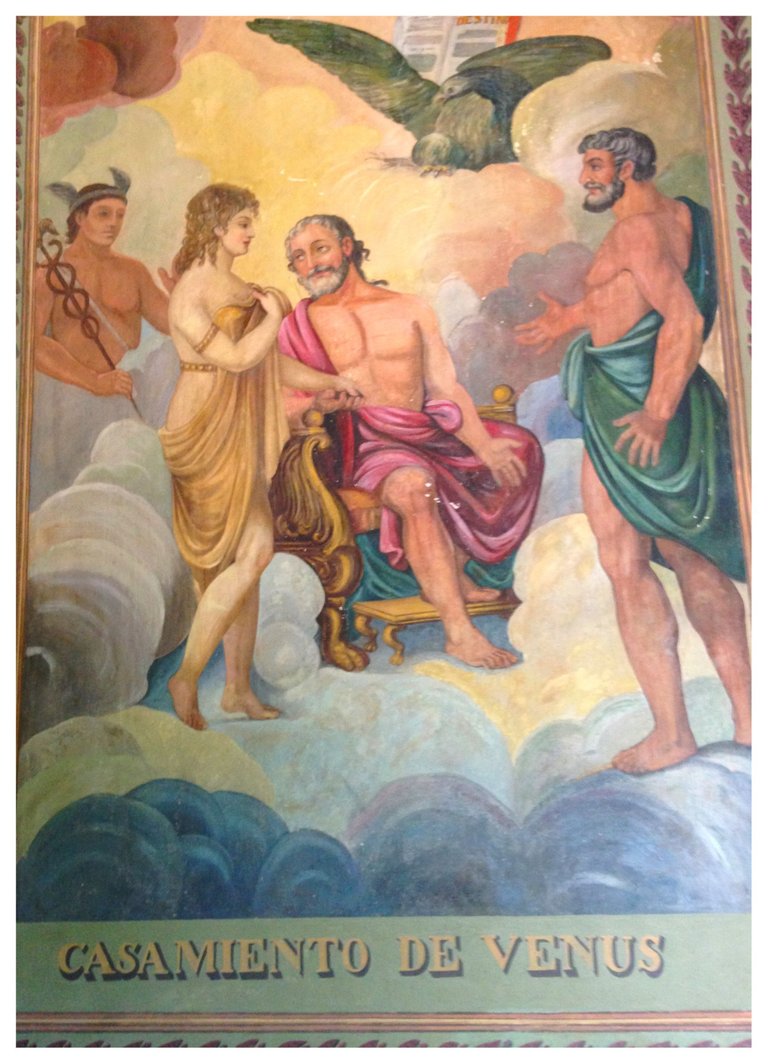
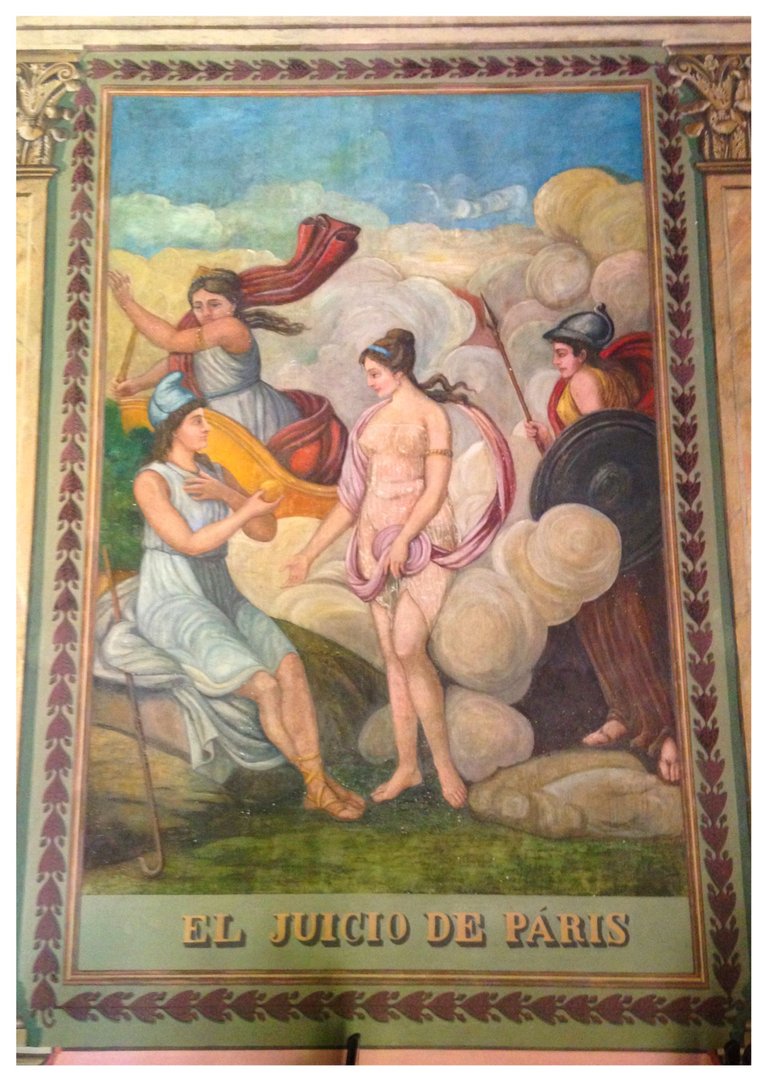

Hello everybody! Today I bring you a new article dedicated to one of the most emblematic houses of the state of Carabobo, Venezuela, the Casa Paez Historical Museum. Former home of who was in life the fifth president of Venezuela and who contributed to the independence movement of the country, José Antonio Páez. Here I will give you a tour of what was my visit in 2019 and some opinions about it during the last years that I visited the place. The house is located in the historic center of Valencia, on Boyacá Avenue. Without further ado, let's start!
The Paez House is an old mansion that currently functions as a museum that rescues, documents and exhibits a large collection of utensils, weapons of war, real estate and artistic works belonging to the time in which the Generalissimo Jose Antonio Paez spent part of his life and some other possessions as part of later times where the house had different governmental and administrative functions. According to historical records, the house was acquired by Páez in 1821 and it was not until 1826 that Páez decided to restore it and move into it. The architect behind it is unknown. What we can say is that after the signing of independence in 1810, the house belongs to the republican architectural period.
¡Hola a todos! El día de hoy les traigo un nuevo artículo dedicado a una de las casas más emblemáticas del estado Carabobo, Venezuela, se trata pues del Museo Histórico Casa Páez. Antiguo hogar de quién fue en vida el quinto presidente de Venezuela y quién contribuyó con el movimiento independentista del país, José Antonio Páez. Aquí les daré un recorrido por lo que fue mi visita en el año 2019 y algunas opiniones al respecto durante los últimos años que visite el lugar. La casa se encuentra ubicada en pleno casco historico de Valencia, en la Avenida Boyacá. Sin más preámbulo ¡Comencemos!
La Casa Páez es una antigua casona que funciona actualmente como un museo que rescata, documenta y exhibe una gran colección de utensilios, armas de guerra, inmuebles y obras artísticas pertenecientes a la época en la que el Generalísimo José Antonio Páez transcurrió parte de su vida y algunas otras posesiones como parte de épocas posteriores dónde la casa tuvo diferentes funciones gubernamentales y administrativas. Según los registros históricos, la casa fue adquirida por Páez en 1821 y no fue hasta el año 1826, que Páez decidió restaurarla y mudarse a ella. Se desconoce el arquitecto detrás de esta. Lo que si podemos decir es que tras la firma de independencia en 1810, origina que la casa pertenezca al periodo arquitectónico republicano.
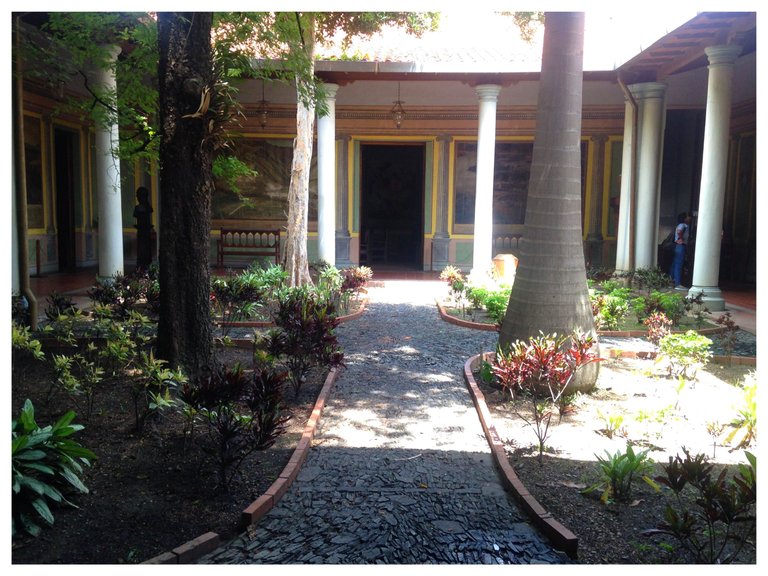
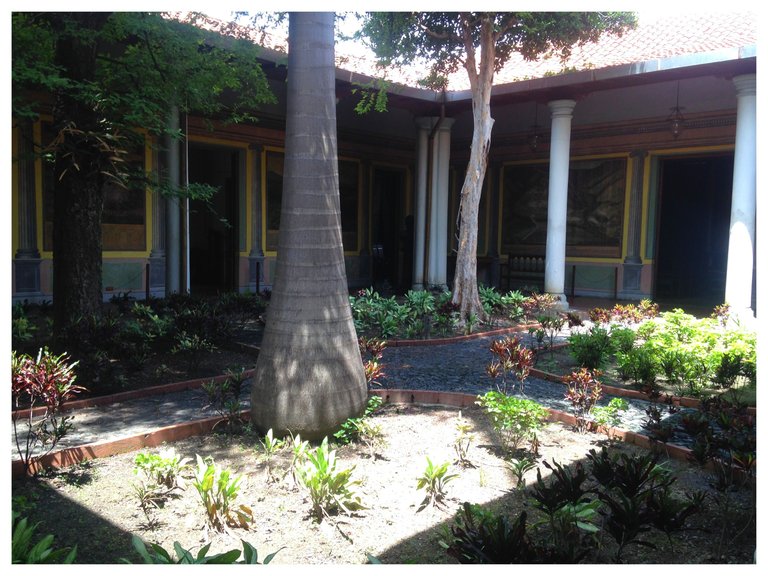
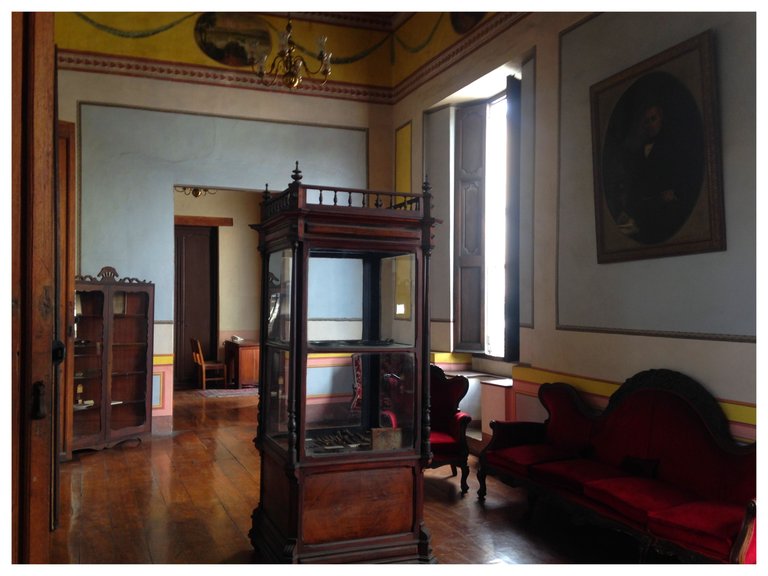
The characteristics of this type of building are those of a fairly large house, with internal corridors, a central courtyard, large windows, large and tall doors, Doric columns and false columns, as well as a distribution that gives intimate spaces and recreation quite exuberant. Part of the charm of the house is thanks to its collection of frescoes or murals that tell the epic, the Battle of Carabobo, according to Paez's own account and taken to the wall by the painter Pedro Castillo (grandfather of the famous Venezuelan painter, Arturo Michelena) and Carmelo Fernandez (Paez's nephew). As well as a collection of murals that highlight several Greek deities, located in the Conference Room. It is the only 19th century house in Venezuela that has an astonishing 12 murals. Basically the house is completely filled with them and they seem to give life to the place. Pedro painted not only a war story, but also some fake coats of arms, columns and garlands (part of the illusion). All this makes the house an artistic (made official in 1967 by Raul Leoni) cultural and historical patrimony of Venezuela.
It is worth mentioning that thanks to the constant changes in the administration of the house, it suffered some damages. Various construction works were carried out from 1930 to 1934, when it was used as Police Headquarters, resulting in the basement being used as a dungeon for prisoners. Then, the first official restoration was in 1876 where the artist Eulalio Tovar participated in the frescoes of the house. In 1991 a new restoration was carried out by the Venezuelan architect and restoration specialist, Fernando de Tovar, who spent about two years studying the state of the house with a team of experts. The only properly executed restoration. In the 2000s, the house began to suffer collateral damage from interventions carried out in those years, such as leaks, moisture, detachment of the structure and others. The last restoration was in the year 2021, which has given much to talk about the dubious management that has been given to the house.
Las características de este tipo de edificaciones son las de una vivienda bastante amplia, con corredores internos, un patio central, ventanales, puertas grandes y altas, columnas de tipo dórico y falsas columnas, además de una distribución que otorga espacios íntimos y de recreación bastante exhuberantes. Parte del encanto de la casa es gracias a su colección de frescos o murales que cuenta la epopeya, la Batalla de Carabobo, según el propio relato de Páez y llevado a la pared por parte del pintor Pedro Castillo (abuelo del famoso pintor venezolano, Arturo Michelena) y Carmelo Fernández (sobrino de Páez). Así como una colección de murales que destacan a varias deidades griegas, ubicadas en el Salón de Conferencia. Es la única casa del siglo 19 en Venezuela que posee la asombrosa cantidad de 12 murales. Básicamente la casa se encuentra completamente llena de ellos y estos parecen dar vida al lugar. Pedro pinto no solo una historia de guerra, sino que también dispuso en ellas algunos falsos escudos, columnas y guirnaldas (parte de la ilusión). Todo esto convierte a la casa en un patrimonio artístico (hecho oficial en 1967 por Raúl Leoni) cultural e histórico de Venezuela.
Cabe destacar que gracias a los constantes cambios de administración que tuvo la casa, esta sufrió algunos daños. Se realizaron diversos trabajos de construcción como lo fue en el año 1930 al 1934, cuando fue utilizada como Cuartel General de la Policía, dando lugar a qué el sótano funcionará como un calabozo para los prisioneros. Luego, la primera restauración oficial fue en 1876 dónde participo el artista Eulalio Tovar en los frescos de la casa. En 1991 se realizó nuevamente una restauración que estaría llevándose a cabo por el arquitecto venezolano y especialista en restauración, Fernando de Tovar, quién estuvo alrededor de dos años estudiando con un equipo de expertos el estado de la casa. La única restauración correctamente ejecutada. En los años 2000, la casa empezó a sufrir los daños colaterales de intervenciones realizadas en esos años, tales como; filtraciones, humedad, desprendimientos de la estructura y demás. La última restauración fue en el año 2021, de la cual ha dado mucho de qué hablar por el dudoso manejo que se le ha dado a la casa.
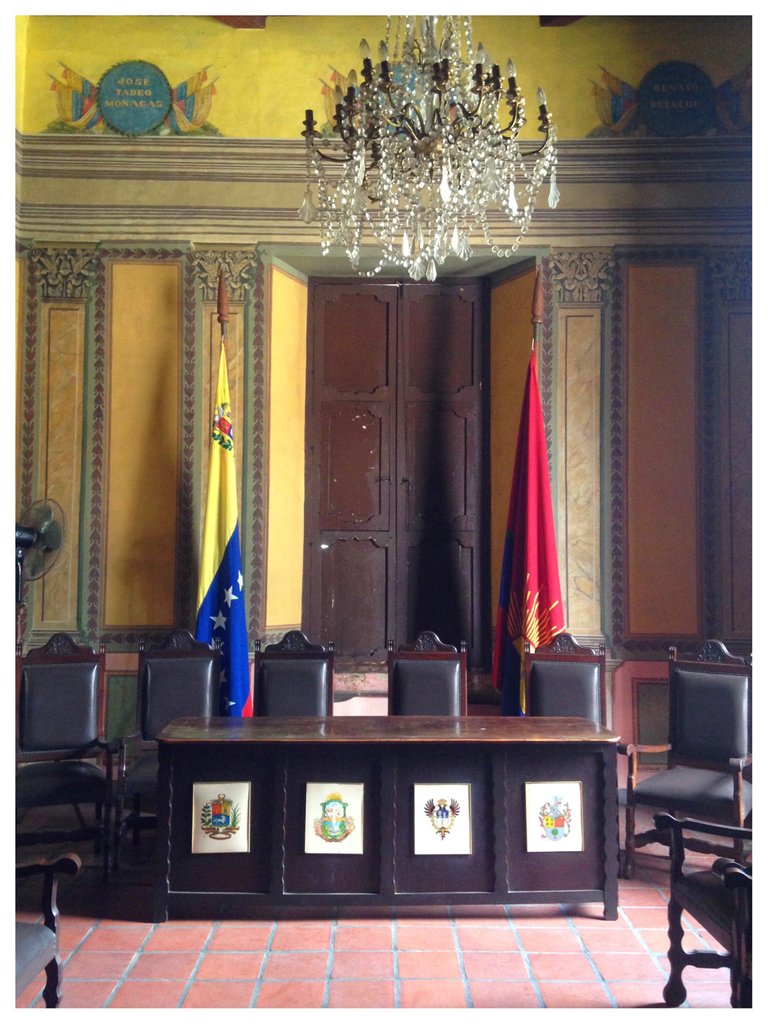

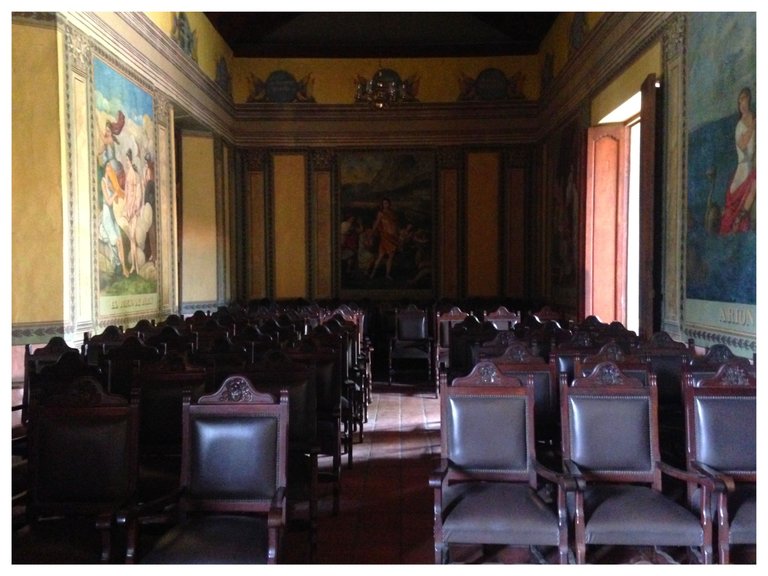
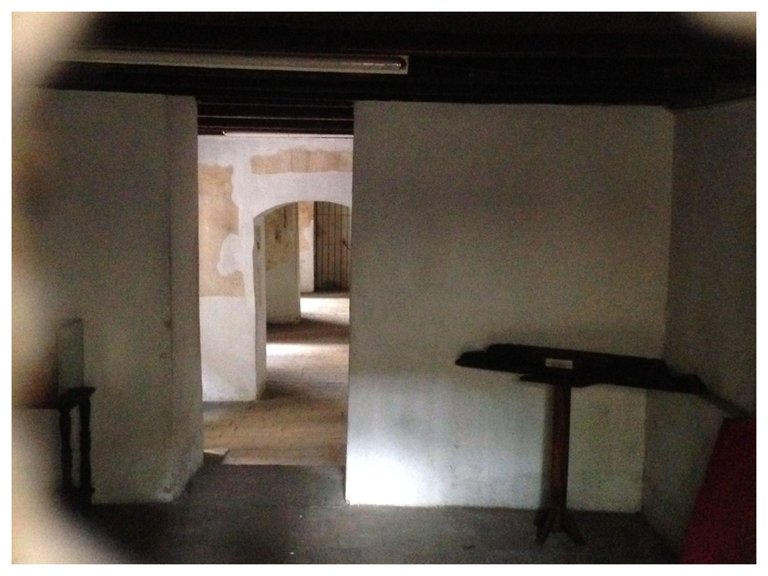
The Casa Paez Historical Museum is now open again after these works. I know firsthand and personally that the last restorations carried out were counterproductive. Because I had the opportunity to be part of the team of artists who would be in charge of the restoration of the murals in 2020. All students of the Arturo Michelena Art School. The proposal was to learn about restoration at the hands of the artist Francesco Santoro, who had previously done other restorations inside and outside the country. A course that would take quite a long time (about a year) but was intended to prepare us for the job. There never was such a course and I already suspected that the matter did not look good, so I decided to leave the project. In the year 2021 we proceeded to work on the murals with only a few observations from the expert (Francesco Santoro) who was present on a few occasions. I noticed that the major works were carried out by masons who covered a large part of the works with cement. A bad choice, knowing that the materials were not the right ones. In addition to some other grotesque interventions. Finally, I can say that these actions, done only to give a political facade of "progress" and concern for culture, sooner or later will end up destroying the few glories of the past.
I can only say thank you to those who pass through here and support the work. As always done with much affection. This article is obviously a criticism but I hope it also serves as a record of the beautiful buildings that are part of Venezuela. It is still worth recovering these spaces and let's hope they take a better course. See you next time!
El ahora, Museo Histórico Casa Páez, está nuevamente abierto luego de estos trabajos. Sé de buena mano y personalmente que las últimas restauraciones llevadas a cabo resultaron contraproducentes. Debido a que tuve la oportunidad de formar parte del equipo de artistas que estarían a cargo de la restauración de los murales en el año 2020. Todos estudiantes de la Escuela de Arte Arturo Michelena. La propuesta era la de aprender sobre restauración a manos del artista Francesco Santoro, quién había realizado anteriormente otras restauraciones fuera y dentro del país. Un curso que tomaría bastante tiempo (alrededor de un año) pero que tenía como fin prepararnos para el trabajo. Nunca hubo tal curso y ya sospechaba que la cuestión no pintaba bien, por lo que decidí salir del proyecto. En el año 2021 se procedió ha actuar en los murales con apenas algunas observaciones del experto (Francesco Santoro) quién en pocas oportunidades estuvo presente. Pude percatarme de que los trabajos mayores estuvieron a cargo de albañiles que cubrieron con cemento gran parte de las obras. Una mala elección sabiendo que los materiales no eran los indicados. Además de algunas otras intervenciones grotescas. Finalmente puedo decir, que estás acciones, hechas solo con el fin de otorgar una fachada política de "avance" y preocupación por la cultura, tarde o temprano terminarán por destruir los pocos vestidos de gloria del pasado.
No me queda más que decir gracias a quienes pasan por aquí y apoyan el trabajo. Cómo siempre hecho con mucho cariño. Este artículo es evidentemente una crítica pero que también espero que sirva de constancia sobre las bellas edificaciones que son parte de Venezuela. Aún vale la pena recuperar estos espacios y esperemos que tomen un mejor rumbo ¡Nos vemos en la próxima!
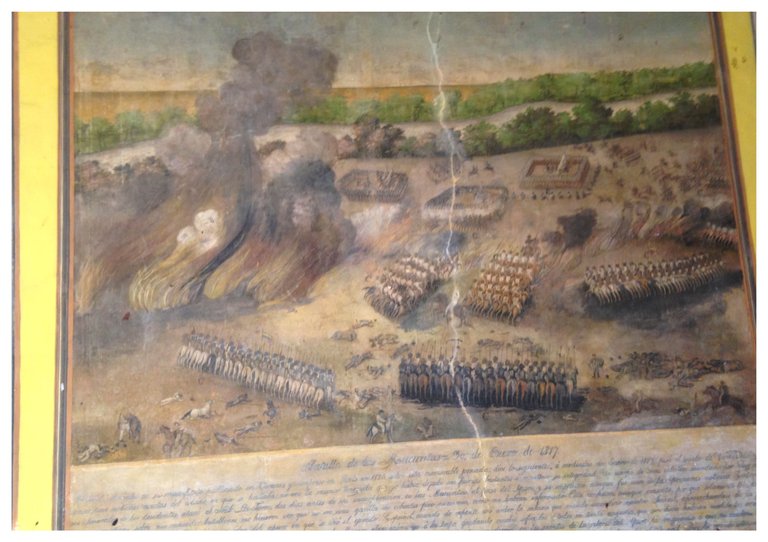
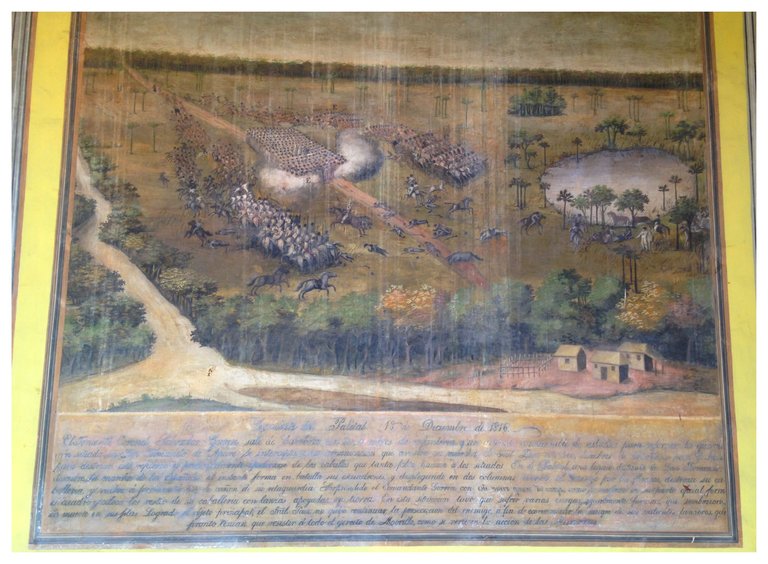

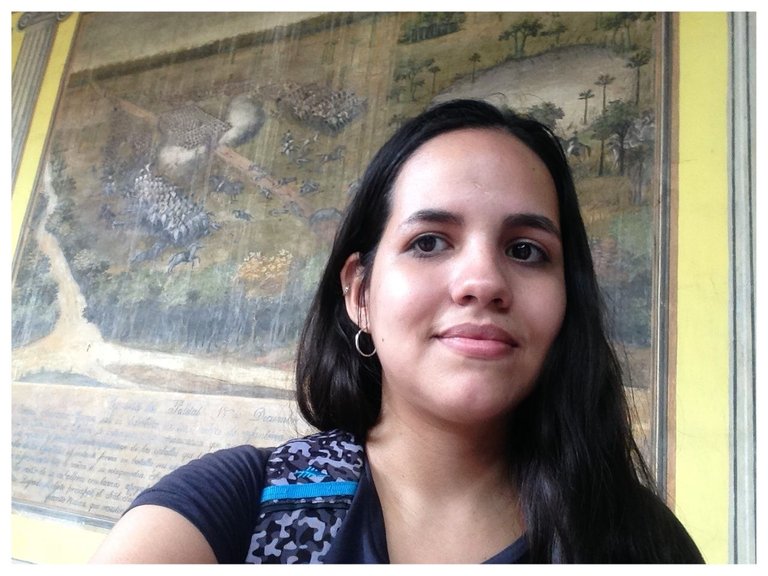
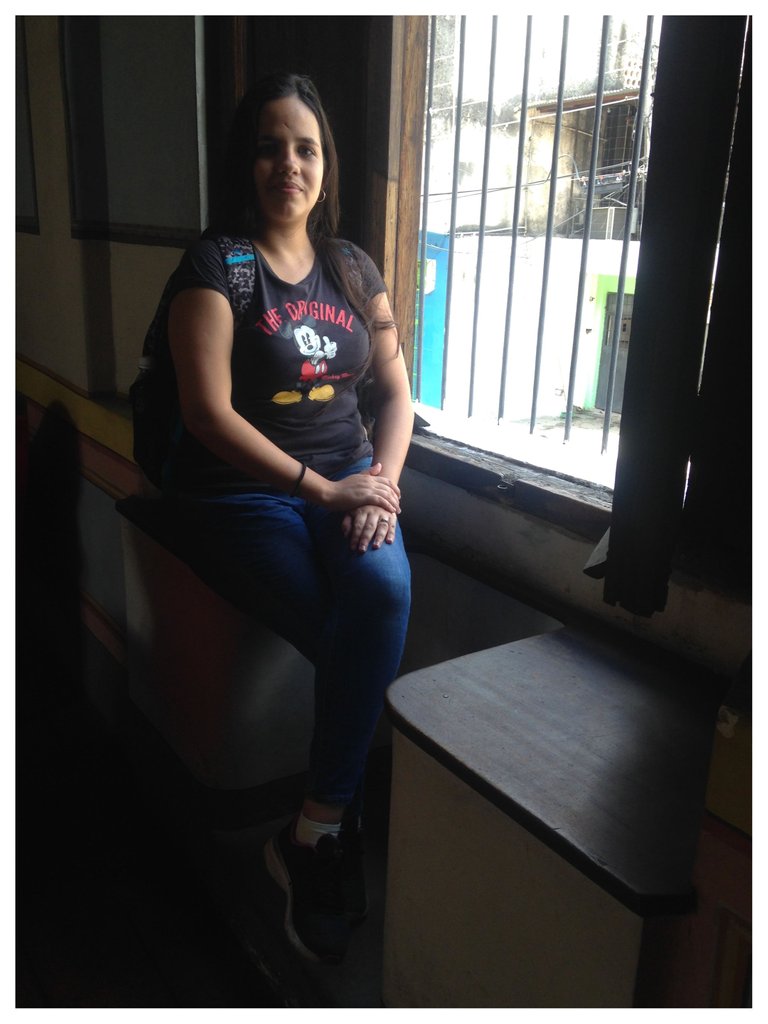
architecture
interiordesign
urbandesign
museum
photography
appreciator
vyb
spanish
proofofbrain
neoxian
0
0
0.000
https://twitter.com/Carmina_Salazar/status/1553595215243534342
The rewards earned on this comment will go directly to the people( @carminasalazarte ) sharing the post on Twitter as long as they are registered with @poshtoken. Sign up at https://hiveposh.com.
Congratulations, your post has been added to Pinmapple! 🎉🥳🍍
Did you know you have your own profile map?
And every post has their own map too!
Want to have your post on the map too?
Congratulations, your post has been upvoted by @dsc-r2cornell, which is the curating account for @R2cornell's Discord Community.
What a beautiful house, how nice that in spite of all the mistreatment it is still standing showing the beauty of an era that we will never know, what an unparalleled experience to be able to participate, even if it is a failed act, in its restoration, greetings!
Greetings! Actually I didn't participate friend, I left the project. The house is still looking good, I hope things will improve in the future. Thanks for stopping by.
In all the time I have lived in Valencia, I have not been able to enter this majestic house, because it has always been closed for maintenance, but I hope someday to appreciate its interior.
The doors are now open again! Now it would be necessary to check the hours and days allowed.
I am very amazed by the work of her painting, it is very good and the detail of her work
Beautiful! You can see a lot of care behind these murals. A great Pedro Castillo. Thanks for stopping by 🙌🤗
Right, this is great.
Thank you too for sharing with us
In Venezuela we have the blessed problem that no one has a sense of belonging to it and its history, that is why houses like these are neglected and even given to the police.
The doubtful thing about the house is how an ordinary person like Paez commanded to create such a delicate house and the budget would be from the nation or by the delivery of Bolivar but that is part of the story that we were not told.
Lo dudoso de la casa es como una persona de a pie como Paez mando a crear tan delicada casa y el presupuesto sería de la nación o por la entrega de Bolívar pero eso es parte de la historia que no nos contaron.
Greetings! I think I agree on certain points of what you comment. The problem about belonging is an individual issue, from a moral point of view. I think the burden falls firmly on those who are in the wrong positions and therefore don't know how to run a cultural management like this, indeed. Thanks for stopping by.
Congratulations @carminasalazarte! We're delighted to specially curate your awesome publication and award it RUNNER-UP in Architecture Brew #78. More power!
Thank you for subscribing to Architecture+Design, an OCD incubated community on the Hive Blockchain.
Estas recibiendo un voto por parte del proyecto "Sound Music" (@music1sound) y este post fue seleccionado para el reporte de curación diaria. Contáctenos para saber más del proyecto a nuestro servidor de Discord. Si desea delegar HP al proyecto: Delegue 5 HP - Delegue 10 HP - Delegue 20 HP - Delegue 30 HP - Delegue 50 HP - Delegue 100 HP.